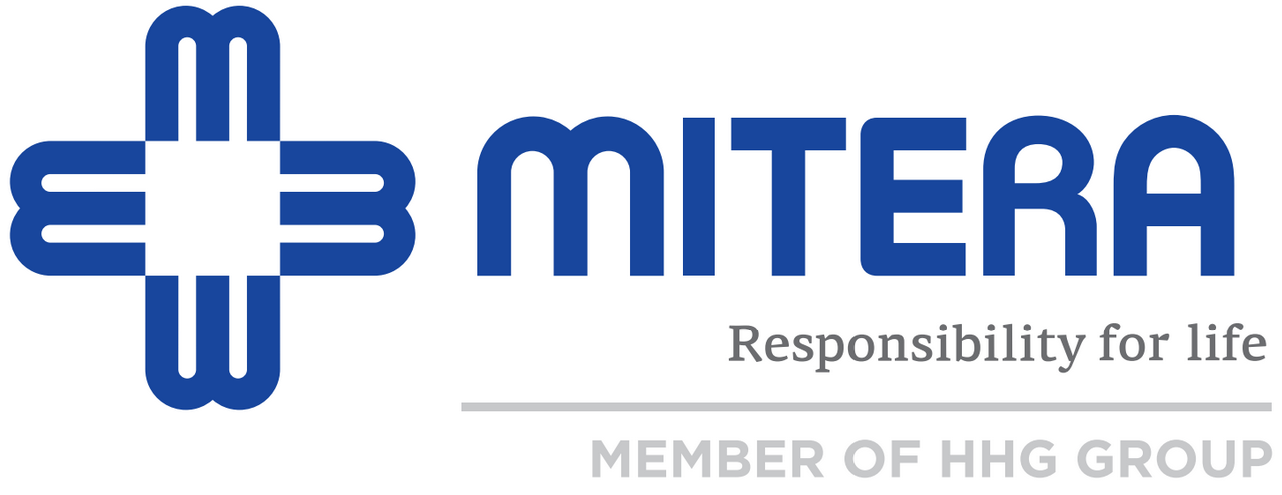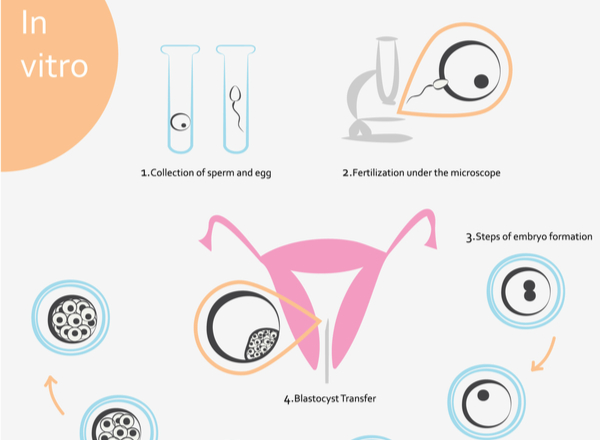Modern IVF Protocols
By Konstantinos D. Dimitropoulos
Obstetrician/Gynecologist, Scientific Associate of IVF MITERA
IVF has advanced in leaps and bounds over the last 30 years, both on a clinical and a lab level. As a result, couples these days have access to reliable and safe IVF treatment, with high chances of success.
During IVF, women undergo physical and mental stress. In countries where IVF treatment is funded by the state, studies have shown that the rate of women who give up before completing their treatment may reach up to 30%.
All these demand simpler IVF treatments and less emotional stress for women.
What is ovarian stimulation
In the ovarian stimulation protocol with GnRH antagonists, gonadotropins start being administered on the 2nd or 3rd day of the cycle and the antagonist is added later, to avoid ovulation. Through this protocol, the stimulation duration and, therefore, the number of days a woman needs to be injected ranges from 8 to 10 days, which is a significantly shorter period of time than the one required for the longer protocol with GnRH agonists. A comparative study of the two protocols showed that a lower rate of women interrupted their treatment in the antagonist group, demonstrating that treatment duration is significant in terms of a woman’s physical and mental condition. Apart from treatment duration, the number of injections is also significant for best compliance of the women and for avoiding errors in doses. Currently, there is a medication in the antagonist protocol that replaces the injections for the first 7 days with a single injection, greatly simplifying the ovarian stimulation process.
In Northern European countries and in Japan, but not in the USA, IVF units use mild/minimal stimulation protocols, which usually aim at retrieving up to 5 eggs.
Benefits
The potential benefits of mild stimulation include lower medication doses, lower cost and avoidance of ovarian hyperstimulation syndrome. However, due to the reduced number of eggs, many times it is not possible to freeze extra embryos or to transfer one or two blastocysts.
Women with oncologic conditions
The survival of cancer patients has increased significantly due to modern treatment methods. So women aged between 14 and 40 who are about to undergo chemotherapy – which may lead to damage to or disrupted function of the ovaries – should consider techniques to preserve their fertility, such as ovarian stimulation, and cryopreservation of eggs or embryos, as well as cryopreservation of ovarian tissue. A problem that arises in these cases is the short time between diagnosis and treatment initiation. The modern stimulation protocols have solved this problem, as stimulation may be initiated at any stage of the cycle. The addition of antiestrogens, such as letrozole and tamoxifen, permits the use of these protocols in women with estrogen-dependent cancers.



